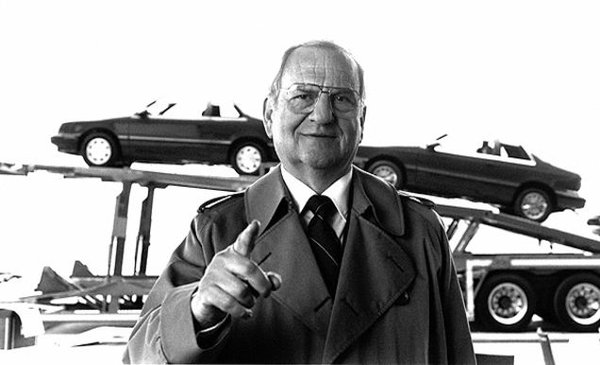In a previous article, “The Life and Times of the CMO,” we addressed the importance, and often unrecognized contribution of the Chief Marketing Officer in driving today’s brands.
However, the opposite is often the case with the Chief Executive Officer. In today’s marketplace, it’s not uncommon to see the vision and convictions of the CEO on full display via advertising, public relations or social media that, in effect, shape the brand’s perceptions in ways that may or may not be scripted into the brand strategy.
We can trace this phenomenon back to the beginnings of modern industrial brands with a national footprint. Henry Ford not only revolutionized American industry and created the first significant automobile brand that bore his name, but he was also an active social engineer and even established a “Social Department” within the company to police his standards of conduct among Ford Motor employees. Though he was responsible for much advancement in manufacturing (the modern assembly line) and worker compensation (the five-day work week), Ford’s combative, take-no-prisoners approach, whether dealing with his son Edsel or labor unions, or his anti-Semitic stance and pacifism about World War I, was well known at the time. His controversial personality, in spite of all that he and his company accomplished, became a brand liability, and helped enable competitors such as GM and Dodge to gain a foothold and grow their market shares.
Clearly the DNA of company founders and CEOs like Ford is fiercely potent (or else they wouldn’t be the CEO) and at times, can be over-shadowing to the brands that they are ultimately responsible for. And as in the Ford example, they can become synonymous with the brand in the consumer’s mind, either by design or through media coverage. An example here would be Steve Jobs for Apple, who, through a rocky and tumultuous ascendancy to lead the very company he founded, became the face of the world’s most innovative brand. Even his successor Tim Cook inherited the mantle of fierce Apple independence by staring-down the FBI over unlocking its iPhone encryption technology. Both Jobs and later Cook have, through the force of their personalities and commitments, guarded the Apple brand’s essence and maintained its anti-establishment status going back to the days it tangled with IBM.
Very often the brand story is shaped by the very beginnings of the idea for the brand and the likeability of the founder and CEO who will ultimately lead the brand to greatness. Such is the case of the world’s largest do-it-yourself retailer, The Home Depot. If you have ever read the book “Built from Scratch” you will understand why. Bernie Marcus and Arthur Blank were both fired from Handy Dan Home Improvement Centers with what Marcus refers to as being “kicked with a golden horseshoe.” All throughout the impressive growth of the chain, Marcus, and later Blank, guided the brand by principles they learned early in their retail careers. Both men would pay surprise visits to stores and their folksy, down-to-earth demeanor fit the home improvement warehouse chain’s personality to a tee. While only Home Depot shareholders knew them during their tenures as CEO, they have retired to become well-known philanthropists and community leaders in their home of Atlanta … and thus further enhancing the brand’s legendary reputation.
Of course, no discussion of CEOs and brands would be complete without the acknowledgement of CEO as pitchman. Usually the criticism of this strategy is that the ad agency couldn’t come up with anything that the client would approve of, so they put the CEO in front of the camera. Ironically, for all of their usual bravado, most CEOs are reticent to take on the role as campaign spokesman. Often, they will cite that “the message is bigger than one person” or that “people will think I’m on an ego trip.” The smart ones will set those concerns aside if the strategy soundly supports the brand. And there are many memorable and effective examples where this was the case. Here are ten:
- Dave Thomas for Wendy’s
- Frank Perdue for Perdue Chicken
- James Dyson for Dyson Vacuums
- Neil Clark Warren for eHarmony
- Victor Kiam for Remington
- Lee Iacocca for Chrysler
- George Zimmer for Men’s Wearhouse
- Colonel Harland Sanders for Kentucky Fried Chicken
- Orville Redenbacher for Orville Redenbacher popcorn
- Michael Dubin, Dollar Shave Club
Chief Executive magazine quoted a Forbes study that claimed that TV spots scored higher in desire for the product, viewer relevance and being informative when the CEO is pitching the goods. After all, who should know more about it?
The risk, of course, is that in a high profile campaign, the CEO becomes the brand’s “celebrity spokesperson” and is subject to scrutiny of his or her personal lives or political views just as anyone else. That was true with Henry Ford in the 1920’s and is still true today.
The Blake Project Can Help: The Strategic Brand Storytelling Workshop
Branding Strategy Insider is a service of The Blake Project: A strategic brand consultancy specializing in Brand Research, Brand Strategy, Brand Licensing and Brand Education




